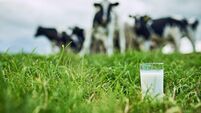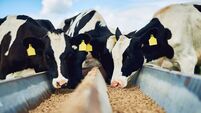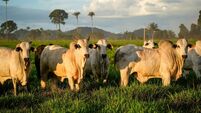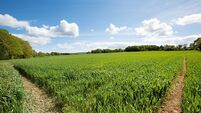Feed pays best near weanling sale time
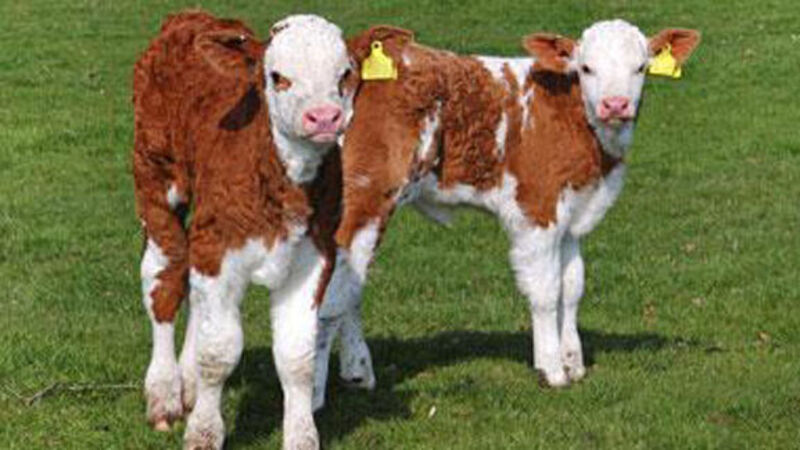
The response to meal feeding depends on grass supply and quality, weight, age, sex and breed.
As the maintenance requirements of young cattle are lower, the liveweight response to meal is somewhat better, especially to a low rate of meal.
The best chance of recovering the cost of meal is where it is fed immediately prior to sale. It is also worth remembering that buyers do not want over-fat weanlings, and will discount the price.
General meal feeding guidelines are:
* for well-muscled bull weanlings, suitable for export, 2-3.5kg/day;
* for other continental bull weanlings, 1.5-2.5kg/day;
* for heifer weanlings, suitable for export, up to 2.5kg per day;
* for other continental heifer weanlings, about 1.5kg per day;
* for non-continental heifer weanlings, 1-2kg/day.
Trough feeding allows the exact quantity to be fed daily, the lower rates are fed where there is plenty of good grass available.
Finishing stock
These cattle need to be kept performing at a minimum of 1kg of liveweight per day. Even the best autumn grass is not capable of providing such a level of gain.
Leafy autumn grass has a dry matter of about 14%. A finishing steer of 700kg is expected to consume 2% of its body weight in dry matter (14kg of DM) and so would need to eat 117kg of grass in a 24-hour period to satisfy its nutritional requirements for body maintenance, and a gain of about 1kg/day.
This is too much grass to consume, even under favourable grazing conditions. Furthermore, as cattle move into the final finishing phase, they require a diet of increasing energy.
Grass alone in the autumn cannot provide the energy to give a liveweight gain of over 0.8kg per day. Therefore, even in the best conditions, meal is needed to get the liveweight gain up to 1kg/day, or slightly better. This would require meal supplementation of about 3.5kg per day.
Feeding trials on autumn grass indicate a good response to feeding 0.5kg of meal per 100kg of liveweight (3kg/day to a 600kg steer), when grass is scarce or of moderate quality.
Therefore, with good grass, feed at least 3kg/day, and where grass is of limited supply, or grass quality is less than excellent, you should go to 6kg/day.
Once you have to go above 6kg/day, it may be as well to go indoors on an ad-lib concentrate diet.
Autumn grass has excess protein in the order of 22%, therefore meal does not need to be high in protein. In fact, high-energy, low-protein concentrates are the ideal supplement for autumn grass.
Minerals are not required for short-term feeding of cattle. However, where there is a known mineral deficiency, or where high levels of concentrates are fed, minerals should be included.
